You can perform a hamstring curl whether you have gym machines or not. Variations include standing, sitting on a chair, or lying on your stomach on the floor.
The hamstrings are a collection of muscles at the back of the thigh. They consist of:
- semitendinosus
- semimembranosus
- biceps femoris
These muscles work together to bend the knee and extend the thigh backward, actions that support walking, running, and jumping.
The hamstring curl, sometimes called a leg curl, is an exercise that targets and strengthens these muscles. It involves flexing the knees so the heels move toward the glutes while the rest of the body remains stable.
Although the move is commonly done on a leg curl machine, you don’t need a gym to get the benefit. There are several at-home hamstring curl options.
These versions require little more than your bodyweight and basic equipment.
Hamstring curl benefits
During a hamstring curl, the muscles at the back of the thigh work to lift the lower leg, activating both the hamstrings and the glutes and building strength in those areas.
Having strong hamstrings lowers your chance of injury and discomfort because they absorb impact during activity and help stabilize the knees.
Additionally, hamstring curls stretch the quadriceps, which can ease quad tightness and relieve some types of back pain.
Things to keep in mind
Maintaining a neutral spine is essential during hamstring curls. If you arch your lower back, the hamstrings won’t engage correctly; instead, your lower back may compensate, potentially causing pain.
To prevent arching, brace your core during the movement. This supports spinal stability. Your knees should be the joints that bend during the exercise.
Move with control — avoid sudden, jerky motions, which can increase injury risk.
If you experience pain in your knees, hips, or back while performing hamstring curls, stop and consult a personal trainer or clinician for safer alternatives to work your legs.
1. Standing hamstring curl
The standing hamstring curl is a bodyweight move that sculpts the hamstrings while improving balance and lower-body strength.
To perform a standing hamstring curl:
- Stand with your feet hip-width apart. Rest your hands on your hips or hold a chair for balance. Shift your weight onto your left leg.
- Slowly bend your right knee, bringing your heel toward your glutes. Keep both thighs aligned.
- Gradually lower your foot back down.
- Perform 12 to 15 repetitions.
- Switch sides and repeat with the other leg.
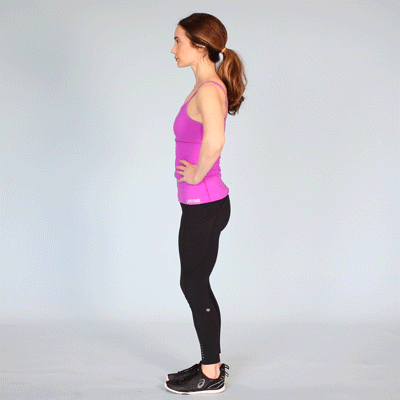
2. Seated hamstring curl
This variation uses a resistance band looped around the lower leg. Your hamstrings must work harder to pull the heel against the band’s resistance.
To do a seated hamstring curl:
- Secure the ends of a resistance band to a fixed object, like a piece of furniture or machine. Sit facing the band. Place the loop around one heel and keep both feet together.
- Bend the knee to draw your heel back until you reach the end range of motion.
- Straighten the knee to return to the start position.
- Complete 12 to 15 reps, then switch legs.
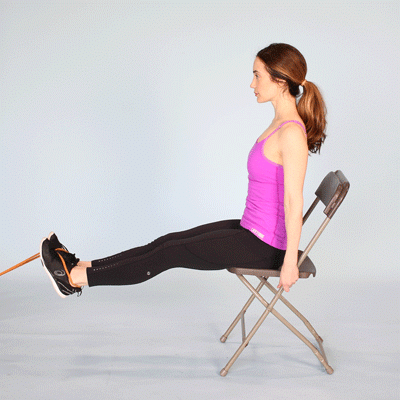
3. Prone hamstring curl
Like the seated variation, the prone hamstring curl adds band resistance to the lower leg, requiring the hamstrings to contract as you bend the knee.
To perform a prone hamstring curl:
- Anchor the ends of a resistance band to a fixed point. Lie face down with your feet hip-width apart. Place the band around one heel and keep the ankle flexed.
- Bend your knee to pull the heel toward your glutes, keeping hips and thighs pressed to the mat.
- Stop at your maximum comfortable range and then return to the starting position.
- Do 12 to 15 repetitions.
As you progress, try heavier bands for increased resistance.
You can also perform the prone hamstring curl without any band at all.
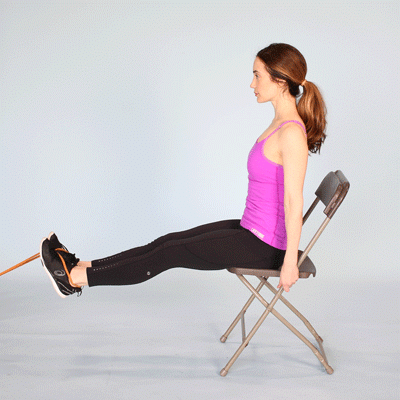
4. Hamstring curl with a ball
The hamstring curl using a stability ball lifts your hips off the ground so you can roll the ball toward your body as you bend the knees, engaging the hamstrings throughout.
To perform this hamstring curl:
- Lie on your back and place your calves and heels on a stability ball. Keep your feet hip-width apart and toes flexed. Rest your arms on the floor with palms down.
- Lift your hips until your body forms a straight line, activating your glutes.
- Slowly bend your knees, drawing your heels toward your glutes and rolling the ball toward you until the soles of your feet contact the ball.
- Straighten the knees and lower your hips and back to the floor.
- Perform 12 to 15 reps.
For extra challenge, raise one leg or cross your arms over your chest.

5. Hamstring curl with a dumbbell
This version places a dumbbell between the feet to add weight, increasing the demand on the hamstrings as you lift the lower legs.
Begin with a light dumbbell and progress to heavier loads as strength improves.
To do this variation:
- Lie on your stomach and fold your arms under your head. Hold a light dumbbell between your feet.
- Bend your knees, drawing your heels toward your glutes.
- Return to the starting position.
- Complete 12 to 15 repetitions.
You can substitute ankle weights if preferred instead of a dumbbell.
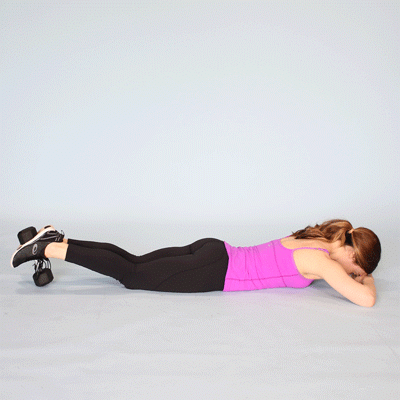
The bottom line
Hamstring curls are an effective way to strengthen the muscles at the back of your thighs, which may help reduce injury risk. Just be careful to avoid arching your lower back while performing these moves.
Check with your healthcare provider before beginning a new exercise routine. If you have joint issues or are recovering from an injury, they may suggest safer modifications.

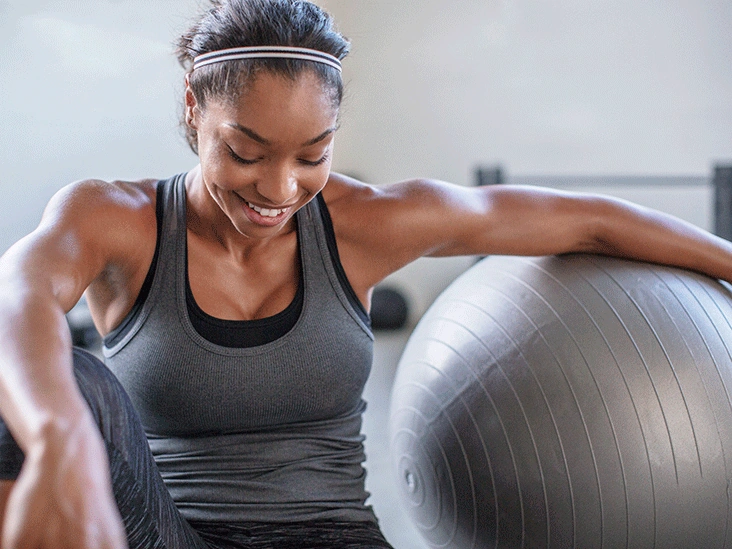
















Leave a Reply
You must be logged in to post a comment.